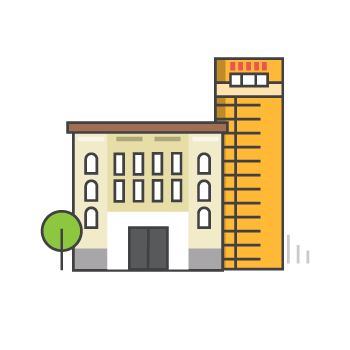Destination guide: St Nicholas Abbey
by Karen Rollins Nov 5, 2018
St Nicholas Abbey is a 350-year-old plantation located in the northern parish of St Peter.
The abbey, which is open to the public six days a week, has a varied and deep history which is strongly connected with the roots of Barbados.
Initially, in the mid-17th Century it was part of the substantial land holdings bought by British planters and business partners Colonel Benjamin Berringer and Sir John Yeaman.
Berringer, who was part of an influential aristocratic family in England, came to Barbados in 1624. In 1658, he built the plantation’s Jacobean great house for his wife, Margaret, and their three children.
Berringer and Yeaman collectively owned 365 acres, but there were often disputes over property boundaries and their animosity was heightened because of the fact that Yeaman was attracted to Berringer’s wife.
In January 1661, the Berringers are said to have had an argument which prompted Benjamin to leave the plantation for Speightstown. While he was away, it is alleged that Yeaman arranged for him to be poisoned, and Berringer subsequently died at a friend’s house.
Yeaman and Margaret were married in April that year, while Margaret was pregnant with Benjamin’s fourth child. After their marriage the two plantations merged into one property named Yeaman’s Plantation.
Yeaman and his family sailed to America in 1669, but when his health declined in the mid 1670’s he returned to the plantation in Barbados, where he died in 1674.
When Margaret died, the property was passed to her son, and after his death it subsequently went to Berringer’s daughter and son-in-law, Susannah and George Nicholas. Susannah hated Yeaman and refused to keep his name on the property so it was changed to Nicholas Plantation.

Photo credit: St Nicholas Abbey
In the mid-1720’s, falling sugar prices forced the Nicholas family to sell the property. It was bought by Joseph Dottin who presented it as a gift to his daughter, Christian, upon her marriage to Sir John Gay Alleyne in October 1746.
Sir John made a number of changes to the property including introducing rum distillation to bring in money but after his wife’s death in 1782 and his subsequent passing in 1801, the property fell into debt and was taken by the Chancery Court in Bridgetown.
Brothers Edward and Lawrence Trent Cumberbatch purchased the property in 1810 by clearing its debts of £20,500. It was passed to Edward’s daughter, Sarah, in 1834 and she and her husband Charles Cave are believed to have changed the name to St Nicholas Abbey.
The Cave Family owned the abbey for nearly 200 years, largely as absentee landowners. Lieutenant Colonel Stephen Cave, Charles Cave’s great-great-grandson, inherited the house in 1964. He moved in, in 1978, becoming the first owner to live full-time on the plantation since the 1800’s.
Lt. Col. Cave chose to open the property to the public which made it one of the first heritage attractions in Barbados. When he died in 2003, the land was inherited by his nephew, James Petri.
Petri sold the plantation to its current owners, Larry Warren and his wife, Anna, in 2006, and the couple along with their sons, Simon and Shae, oversaw its restoration as an operating sugar plantation.
The family plan to make St Nicholas Abbey a “self-sustaining heritage attraction, cultural centre and self-supporting plantation as a legacy for Barbados”.
Tours of the abbey take place every Sunday-Friday from 10am. Visitors are advised to allow two to three hours for their visit. Entry for adults is $45 (BBD) and for children 5-11 $20 (BBD).
For more information visit the St Nicholas Abbey website.








